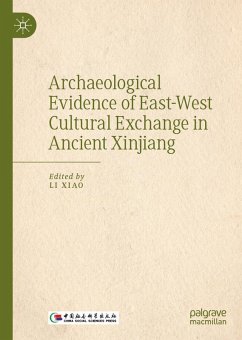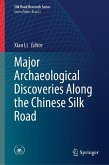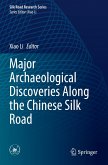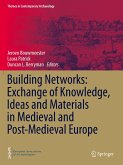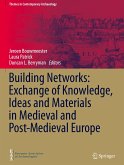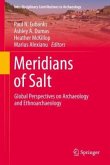The edited book includes 12 articles relevant to archaeological studies in Xinjiang, focusing on Turfan basin and involving neighboring areas when necessary. It presents the historical cultural change of Turfan basin from Bronze Age, Early Iron Age to historical period as a whole. It aims at showing Xinjiang s position as the bridge of communication and interaction of the east and west, therefore deepening people s understanding of multi-culture in ancient Xinjiang.
The recent hundred years of archaeological studies have revealed that, although ancient Xinjiang (or Western Regions) is located in the marginal area of Eurasian civilizations, its particular geographical location makes it the crossroad of the eastern and western civilizations. Different civilizations of Eurasian continent collided and integrated with indigenous civilization of Western Regions and created multi-culture features and its unique trajectory of historical development.
The recent hundred years of archaeological studies have revealed that, although ancient Xinjiang (or Western Regions) is located in the marginal area of Eurasian civilizations, its particular geographical location makes it the crossroad of the eastern and western civilizations. Different civilizations of Eurasian continent collided and integrated with indigenous civilization of Western Regions and created multi-culture features and its unique trajectory of historical development.

